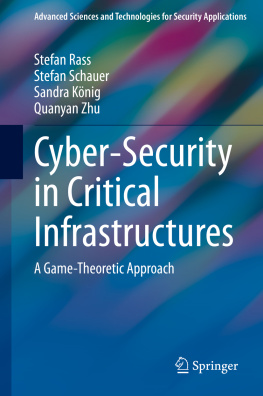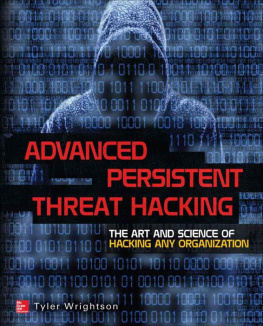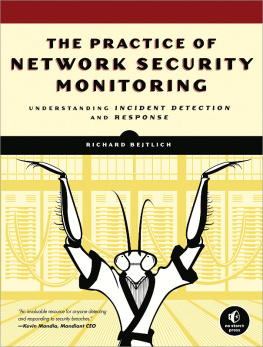Bejtlich - The Best of TaoSecurity Blog, Volume 2: Network Security Monitoring, Technical Notes, Research, and China and the Advanced Persistent Threat
Here you can read online Bejtlich - The Best of TaoSecurity Blog, Volume 2: Network Security Monitoring, Technical Notes, Research, and China and the Advanced Persistent Threat full text of the book (entire story) in english for free. Download pdf and epub, get meaning, cover and reviews about this ebook. year: 2020, publisher: TaoSecurity Press, genre: Romance novel. Description of the work, (preface) as well as reviews are available. Best literature library LitArk.com created for fans of good reading and offers a wide selection of genres:
Romance novel
Science fiction
Adventure
Detective
Science
History
Home and family
Prose
Art
Politics
Computer
Non-fiction
Religion
Business
Children
Humor
Choose a favorite category and find really read worthwhile books. Enjoy immersion in the world of imagination, feel the emotions of the characters or learn something new for yourself, make an fascinating discovery.

- Book:The Best of TaoSecurity Blog, Volume 2: Network Security Monitoring, Technical Notes, Research, and China and the Advanced Persistent Threat
- Author:
- Publisher:TaoSecurity Press
- Genre:
- Year:2020
- Rating:3 / 5
- Favourites:Add to favourites
- Your mark:
- 60
- 1
- 2
- 3
- 4
- 5
The Best of TaoSecurity Blog, Volume 2: Network Security Monitoring, Technical Notes, Research, and China and the Advanced Persistent Threat: summary, description and annotation
We offer to read an annotation, description, summary or preface (depends on what the author of the book "The Best of TaoSecurity Blog, Volume 2: Network Security Monitoring, Technical Notes, Research, and China and the Advanced Persistent Threat" wrote himself). If you haven't found the necessary information about the book — write in the comments, we will try to find it.
Bejtlich: author's other books
Who wrote The Best of TaoSecurity Blog, Volume 2: Network Security Monitoring, Technical Notes, Research, and China and the Advanced Persistent Threat? Find out the surname, the name of the author of the book and a list of all author's works by series.
The Best of TaoSecurity Blog, Volume 2: Network Security Monitoring, Technical Notes, Research, and China and the Advanced Persistent Threat — read online for free the complete book (whole text) full work
Below is the text of the book, divided by pages. System saving the place of the last page read, allows you to conveniently read the book "The Best of TaoSecurity Blog, Volume 2: Network Security Monitoring, Technical Notes, Research, and China and the Advanced Persistent Threat" online for free, without having to search again every time where you left off. Put a bookmark, and you can go to the page where you finished reading at any time.
Font size:
Interval:
Bookmark:

This is a book about digital security and network monitoring. The act of collecting network traffic may violate local, state, and national laws if done inappropriately. The tools and techniques explained in this book should be tested in a laboratory environment, separate from production networks. None of the tools or techniques should be tested with network devices outside of your responsibility or authority.
Suggestions on network monitoring in this book shall not be construed as legal advice.
The author has taken care in the preparation of this book, but makes no expressed or implied warranty of any kind and assumes no responsibility for errors or omissions.
No liability is assumed for incidental or consequential damages in connection with or arising out of the use of the information or programs contained herein.
All rights reserved. No part of this publication may be reproduced, stored in a retrieval system, or transmitted, in any form, or by any means, electronic, mechanical, photocopying, recording, or otherwise, without the prior consent of the publisher.
ISBN: 978-1-952809-02-6 Ebook
ISBN: 978-1-952809-03-3 Paperback
The only thing that remains gratifying no matter how much one indulges in its joys, the one undertaking that becomes even more deeply satisfying the more one pursues it, is education.
Font size:
Interval:
Bookmark:
Similar books «The Best of TaoSecurity Blog, Volume 2: Network Security Monitoring, Technical Notes, Research, and China and the Advanced Persistent Threat»
Look at similar books to The Best of TaoSecurity Blog, Volume 2: Network Security Monitoring, Technical Notes, Research, and China and the Advanced Persistent Threat. We have selected literature similar in name and meaning in the hope of providing readers with more options to find new, interesting, not yet read works.
Discussion, reviews of the book The Best of TaoSecurity Blog, Volume 2: Network Security Monitoring, Technical Notes, Research, and China and the Advanced Persistent Threat and just readers' own opinions. Leave your comments, write what you think about the work, its meaning or the main characters. Specify what exactly you liked and what you didn't like, and why you think so.

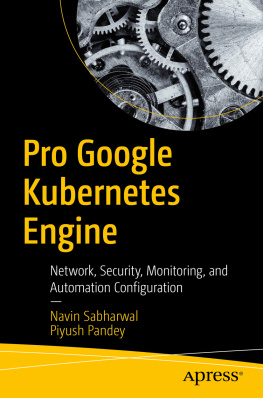
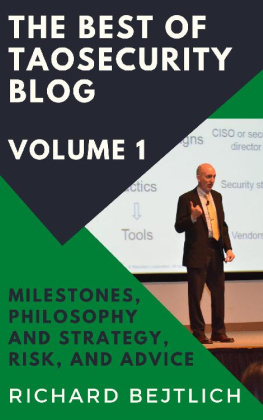
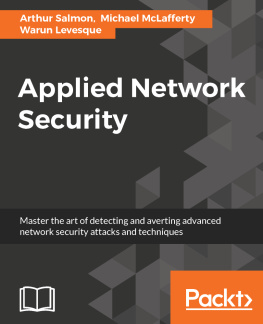
![Bollinger Jeff - Crafting the infosec playbook [security monitoring and incident response master plan]](/uploads/posts/book/193800/thumbs/bollinger-jeff-crafting-the-infosec-playbook.jpg)
